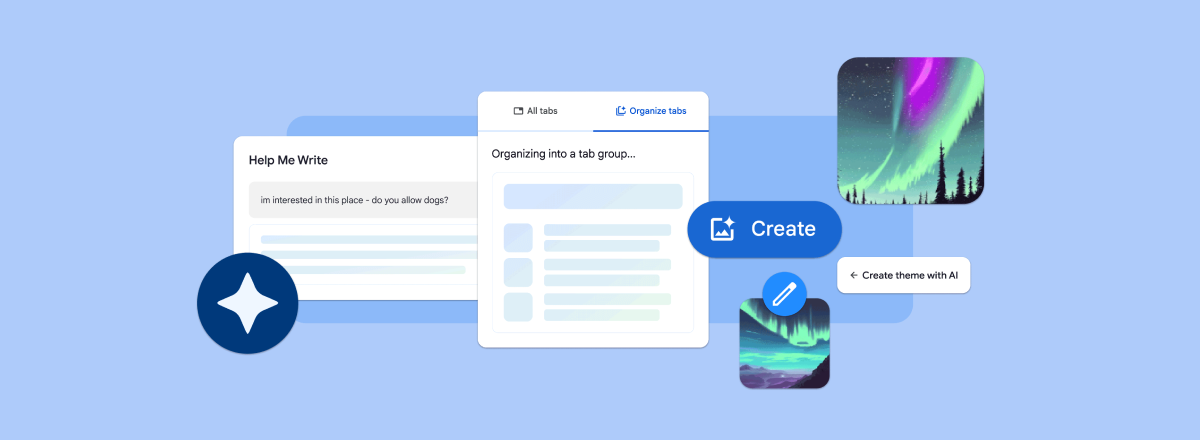In a move to enhance the quality of its search results, Google has announced the implementation of advanced measures aimed at purging low-quality, spammy content, including AI-generated material, from its search engine. This initiative seeks to declutter search results by a staggering 40%, ensuring users encounter more relevant, high-quality information.
Today we announced improved quality ranking and new spam policies that we believe significantly enhance the quality and helpfulness of your search results. Learn more: https://t.co/AnStGjFkTW
— Google SearchLiaison (@searchliaison) March 5, 2024
Leveraging the power of sophisticated algorithms, Google's latest update will target and demote the visibility of duplicated, spam, and AI-crafted content.
Central to this effort is the deployment of refined quality ranking mechanisms within Google's core systems, intended to prioritize genuinely helpful web content while sidelining those deemed unoriginal or created solely for manipulating search rankings. This adjustment is expected to channel more traffic towards sites offering valuable and authentic content.

Moreover, the tech giant has revamped its spam policies to combat the proliferation of the lowest-quality content on its platform. This includes tackling the misuse of expired websites as spam repositories and addressing site reputation abuse, where credible websites inadvertently host low-quality third-party content, leveraging their domain's authority for higher search rankings.

A key aspect of the new measures includes addressing scaled content abuse, a practice where content is generated en masse—whether through automation, human effort, or a combination thereof—with the primary goal of boosting search rankings. Google's updated policy now focuses more broadly on this behavior, aiming to curb the spread of content that offers little to no value to users.



